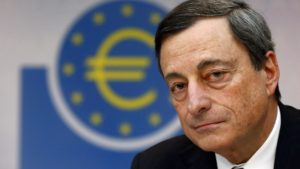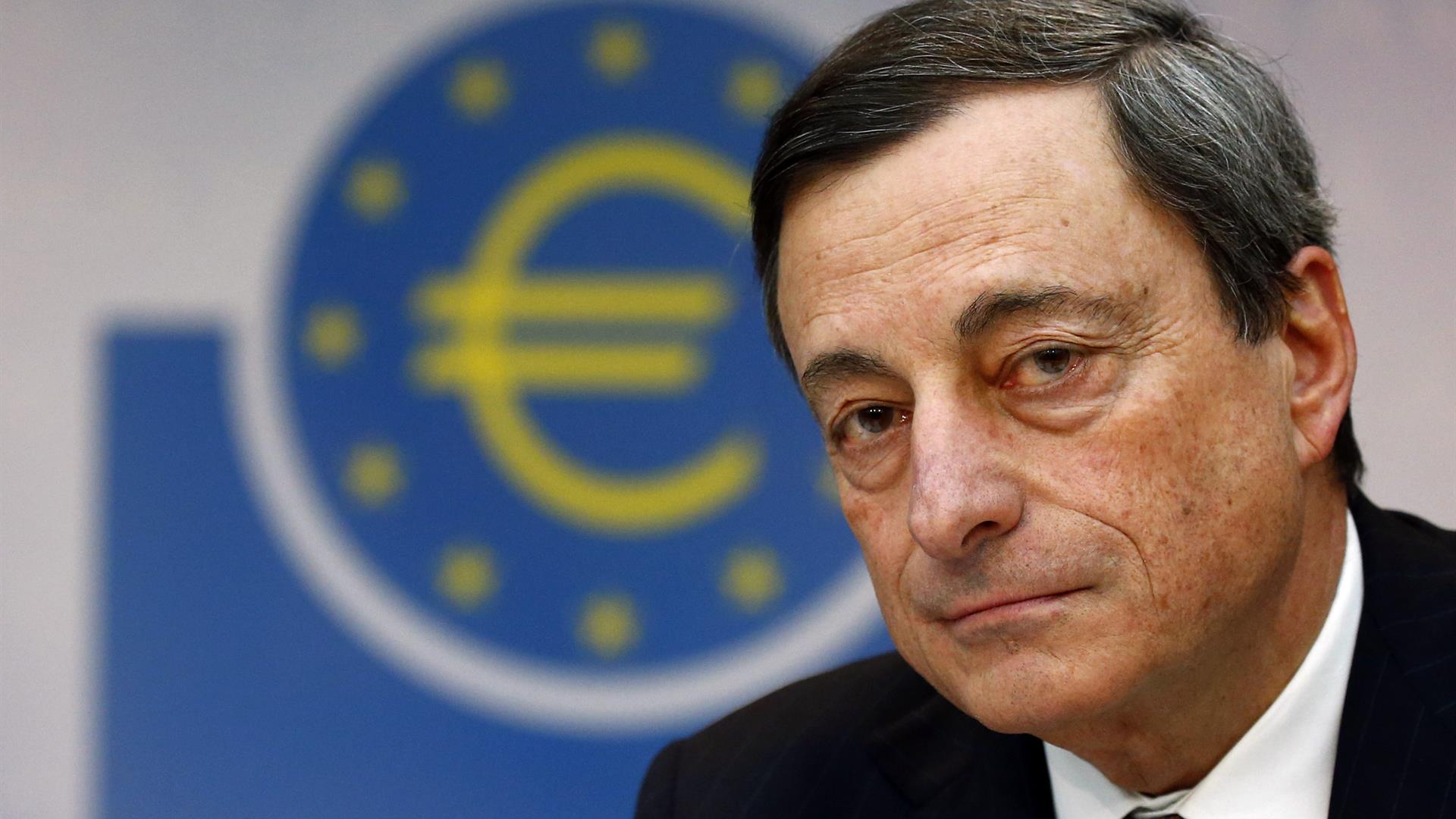By Alessandro Speciale and Piotr Skolimowski Source: Bloomberg.com ECB has so far adopted same normalization sequence as the U.S. L

Source: Bloomberg.com
ECB has so far adopted same normalization sequence as the U.S.
Lessons include averting taper tantrums, playing a long game
Mario Draghi has six months left to prepare a retreat from ultra-loose monetary policy, and he has a ready-made roadmap on hand.
The U.S. Federal Reserve’s experience of halting quantitative easing, raising interest rates and starting to shrink its balance sheet provides both a blueprint and a cautionary tale for the European Central Bank president. It’s an easy example of what he and his colleagues should aim for, or avoid.
“It’s no secret,” Governing Council member Ewald Nowotny said on Tuesday. “We’re monitoring closely what the Fed did, and is doing.”
The ECB has largely followed in the footsteps of its U.S. counterpart, committing to keep rates unchanged until well after asset purchases stop and to reinvest maturing debt. It also learned from the “taper tantrum” — when bond yields surged on the Fed’s first mention that buying might be phased out — that policy changes should be signaled well in advance.
The Fed’s experience carries another warning: robust growth is no guarantee of inflation. For Draghi, who used up so much of the ECB’s firepower to stave off the threat of deflation, that’s one more reason to be patient.
“The Fed could have reversed at any time, they could stop and correct,” said Gilles Moec, chief European economist at Bank of America Merrill Lynch in London and a former Bank of France economist. “The ECB has no possibility to get it wrong”
Here are some Fed exit lessons for the ECB, as seen by economists.
Watch Your Language
When then-Chairman Ben Bernanke said in May 2013 that Fed asset purchases could be tapered, investors took fright and the market rout was felt globally. Draghi took note, assuring investors in the summer of that year that if ECB interest rates changed at all, they’d be cut. Such forward guidance would become a key plank of his strategy.
Since then, Draghi has repeatedly pledged to keep pumping in stimulus. He avoided the T-word even as the ECB slowed the monthly pace of its own bond-buying program from 80 billion euros ($99 billion) to 60 billion euros and then 30 billion euros. Purchases still don’t have a firm end-date.
“The Fed got its communication wrong in 2013,” said Marco Valli, an economist at UniCredit in Milan. “As a response, the ECB emphasized its rhetoric of calm and prudence.”
Don’t Tie Your Hands
When the Fed began reducing bond purchases, it promised to keep interest rates unchanged until “well past” a fall in unemployment below 6.5 percent. Yet as joblessness rapidly headed for the figure without any sign of inflation, policy makers were forced to stress that rates probably wouldn’t rise until a “considerable time after” QE stopped.
The ECB adopted that approach from the start, saying it doesn’t expect to raise rates until “well past” the end of net asset purchases. That vague term may need to be clarified further though. While the Fed hiked borrowing costs one year after the end of QE, investors are betting on a gap of just six months at the ECB, which — unlike the Fed — will start from below zero.
“The Fed didn’t prepare markets enough to the end of QE, and they assumed that rate hikes were soon to follow,” said Nick Kounis, an economist at ABN Amro in Amsterdam. “The ECB worked hard to disentangle the two.”
The third-longest economic upturn on record hasn’t raised U.S. inflation to the Fed’s 2 percent target. The ECB doesn’t foresee reaching its goal of just under 2 percent until at least late 2020, despite fast-falling unemployment.Inflation Isn’t What It Used to Be
“There is a debate over the underestimation of economic slack, both in the U.S. and in Europe where unemployment keeps falling without pushing wage growth and inflation higher,” said Frederik Ducrozet, an economist at Banque Pictet & Cie in Geneva. “I’d expect the ECB to use this argument to be even more cautious.”
It’s Going to Be a Long, Long Time
Like the Fed, the ECB intends to maintain the size of its QE holdings — set to reach at least 2.55 trillion euros — by reinvesting the proceeds of maturing debt. The Fed has barely started curbing its reinvestments to shrink its balance sheet, a gradual work-in-progress that officials in Frankfurt will closely monitor. It just goes to show that while Draghi took the euro area into extraordinary stimulus, it’ll be his successor in November 2019 who has to lead the way out.
“Draghi may want to communicate clearly on the exit strategy, but he may not be able to tie his successor’s hands,” said Richard Barwell, an economist at BNP Paribas Asset Management in London. “The question is whether the next ECB chief will stick to it or choose a different mix.”

